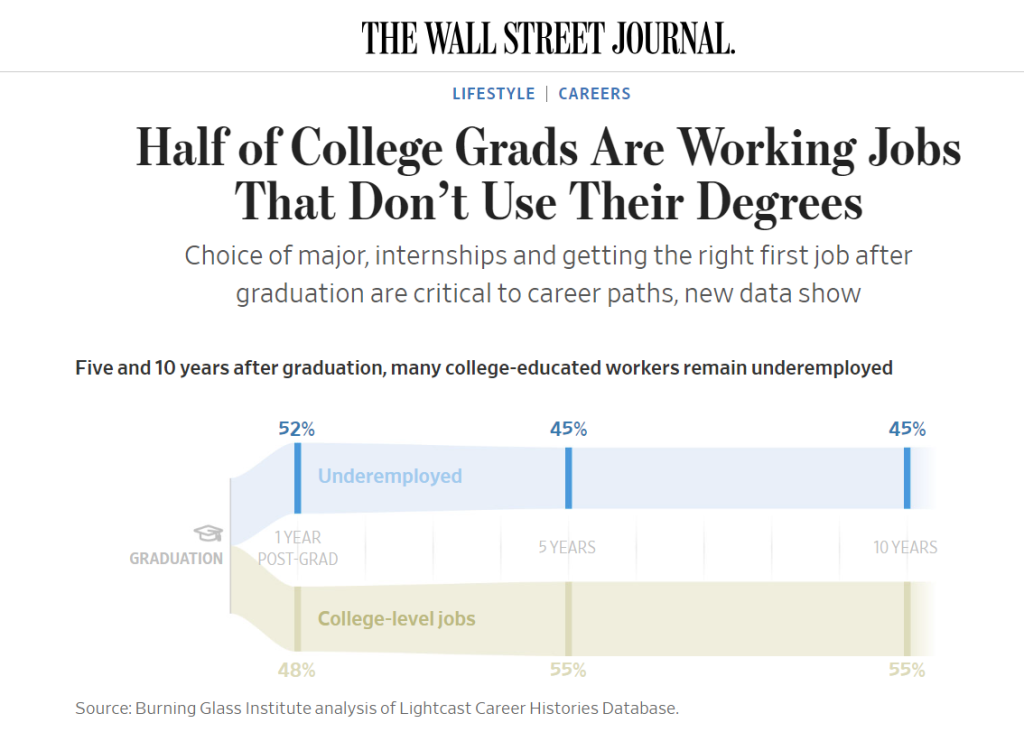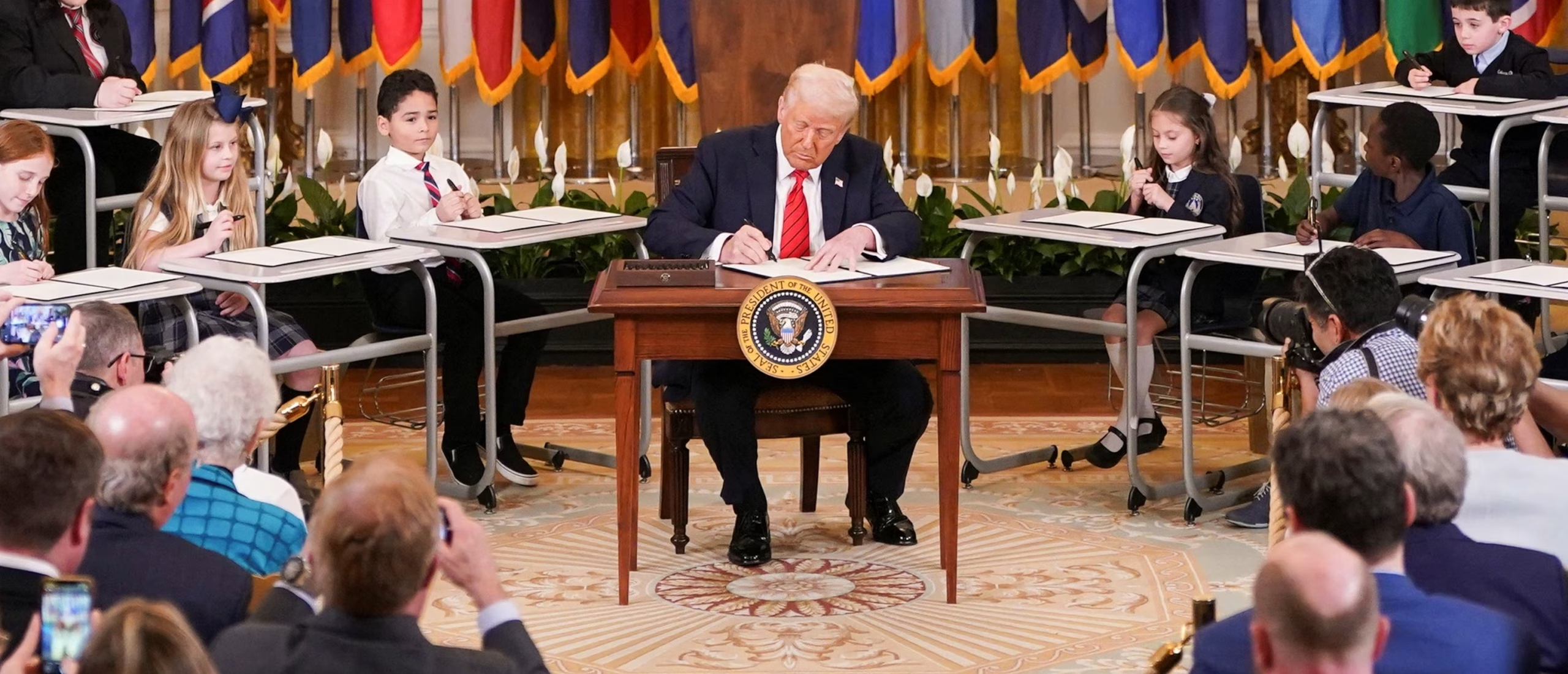On 17 October 1979, President Jimmy Carter established the United States Department of Education with the intent to “improve the quality of education” and “strengthen equal education opportunities for students” across the nation. In the years since, the Department of Education has been the subject of intense criticism from Republicans since the presidency of Ronald Reagan, who proposed “to dismantle two Cabinet Departments, Energy and Education” in his 1981 Address to the Nation on the Program for Economic Recovery. Controversy has undoubtedly surrounded the Department of Education since its inception, and more recently made headlines when President Donald Trump signed an executive order on March 21 to begin eliminating the department.
Although the Department of Education originally had respectable intentions, the truth is that it has since devolved into a financial and logistical burden that has added countless layers of bureaucracy and federal oversight into the education system. The federal government does not have the legal authority to interfere in education, and the very existence of the department is arguably a violation of the fundamental principles in the Constitution of the United States. This is why the Department of Education should be abolished.
Academic Outcomes
With an annual budget of over $240 billion and around 4,400 employees, the Department of Education takes up a huge chunk of the United States’ federal expenditure. Yet for such a grossly exorbitant budget allocation, the Department of Education has little to show for it. In fact, no evidence exists to indicate that the hundreds of billions spent annually by the Department of Education has had any tangible impact on students’ academic performance.
According to the National Assessment of Education Progress, reading outcomes for students have remained stagnant for 30 years, while average eighth-grade math scores have declined by a total of eight points since 1990. Research conducted by The Nation’s Report Card reveals even more dire results, with the average 13-year-old’s math understanding returning to levels last seen in the 1990s and reading performance plummeting to levels lower than they were in 1971, which was even prior to the establishment of the Department of Education as a Cabinet-level institution.

Not only has the department been completely unsuccessful in improving the quality of education, but it has also failed to enhance the educational outcomes of disadvantaged students. Just last year, the Department of Education received $18.4 billion as part of Title 1 of the Elementary and Secondary School Act (ESEA), which “supplements state and local funding for low-achieving students, especially in high-poverty schools”. Yet despite the hundreds of billions of taxpayer dollars invested in the program since its inception, the achievement gap between the highest and lowest-income decile of students has remained stagnant for 50 years, representing an abject failure in the Department of Education’s distribution and regulation of ESEA funds. So far, the Department of Education has failed to improve educational outcomes for students and should be abolished.
Student Loans
But by far the most financially and logistically demanding role of the Department of Education is the annual distribution of hundreds of billions worth of student loans. Since the Higher Education Amendments of 1992, the federal government has offered unsubsidised loans to all high school graduates, regardless of financial need. The ease with which students can obtain a federally-subsidised student loan through the Department of Education has pressured them into aimlessly pursuing a bachelor’s degree after high school. This has increased total college enrolment by over 5 million since 1992 and established a four-year residential college as the norm.
Although the Department of Education may credit an increase in college enrolment rates as a success, further analysis disproves this impression. The hundreds of billions given out by the federal government in the form of student loans has created a culture surrounding the pursuit of a university-level education as an expectation of the education system. This has caused students to focus on obtaining an often useless bachelor’s degree rather than pursuing actual experience and useful job credentials.
The Department of Education’s distribution of federally-subsidised loans to anyone who wants it has caused students to pursue largely useless degrees such as psychology, philosophy or criminal justice, believing a traditional college education to be the only path to financial security. A study conducted by the Burning Glass Institute revealed that more than around 52% of college graduates are currently working a job that does not require a college degree. The student loan system of the Department of Education incurs tens of billions in annual losses and must be abolished, as it is causing more and more students to graduate from college without employable credentials and tens of thousands in debt.

Returning Education to the States
So then what is the solution? Put simply, we must return education to the states. Local governments should directly distribute financial aid programs such as the Elementary and Secondary School Act and the Individuals with Disabilities Education Act at their own discretion. Decades of federal oversight has abjectly failed to improve the educational outcomes of the nation’s disadvantaged youth, and it is all too clear that the Department of Education should no longer have a place in educational policy.
Without a federal agency constantly regulating and supervising funds from financial aid programs, we can cut thousands of unnecessary employees and reallocate the task of distributing the capital to a separate Cabinet department such as the Department of Health and Human Services or the Department of the Treasury. The federal government should aim to gradually reduce its involvement in the student loan industry with the goal of largely privatising the sector, but should continue to provide financial aid to disadvantaged students in the form of subsidised loans or Pell Grants. Competition in the market will naturally compel companies to loan to students at competitive rates, and will eliminate a huge logistical and financial burden on the federal government.
The process of acquiring a loan from a private lender forces students to consider whether a college degree is applicable to the career that they wish to pursue, with the added benefit of disincentivising colleges from raising tuition prices while expecting federal subsidies to cushion this increase. Reducing federal intervention in education will save the United States tens of billions of taxpayer dollars on an annual basis and will ensure the rightful return of education policy to the states, as the founding fathers intended. The Department of Education must be abolished.
Read more: The Insight Corner



